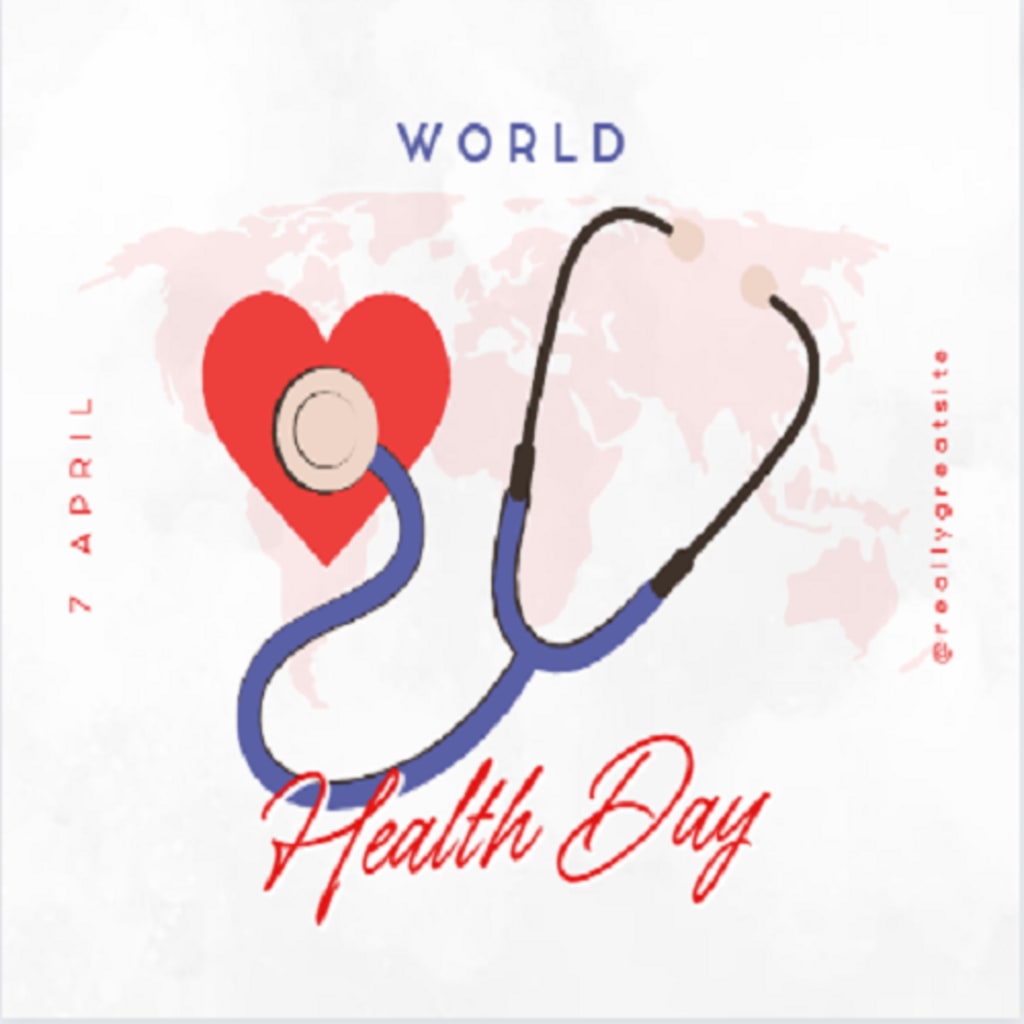stage 1 lung cancer symptoms
Persistent cough: A chronic cough that worsens over time or changes in character, such as producing blood or mucus.

Lung cancer in its early stages may not always produce noticeable symptoms, which is one reason it can be challenging to detect in its initial phases. However, some common symptoms of stage 1 lung cancer may include:
Persistent cough: A chronic cough that worsens over time or changes in character, such as producing blood or mucus.
Chest pain: Unexplained chest pain or discomfort, which may be sharp, dull, or persistent.
Shortness of breath: Breathlessness or a feeling of breathlessness, particularly during physical activity.
Coughing up blood: Hemoptysis, or the presence of blood in the sputum (phlegm or mucus).
Fatigue: Feeling unusually tired or weak, even with adequate rest.
Hoarseness: Changes in the voice, such as persistent hoarseness.
Weight loss: Unintentional weight loss that is not the result of diet or exercise.
Recurrent respiratory infections: Frequent bouts of pneumonia or bronchitis.
It's important to note that these symptoms can be caused by various conditions other than lung cancer. If you or someone you know experiences persistent or worsening symptoms like these, it's crucial to consult a healthcare professional for a thorough evaluation and proper diagnosis. Early detection and treatment can significantly improve the prognosis for lung cancer. Regular screenings, especially for individuals at a higher risk (such as smokers or those with a family history of lung cancer), can also aid in the early detection of lung cancer.
Lung cancer symptoms can vary depending on the type of lung cancer and the stage of the disease. There are two main types of lung cancer: non-small cell lung cancer (NSCLC) and small cell lung cancer (SCLC). Here are some common symptoms associated with lung cancer:
Persistent Cough: A chronic cough that worsens over time or changes in character, such as becoming more frequent or producing blood.
Shortness of Breath: Breathlessness, wheezing, or a feeling of tightness in the chest, which may be more noticeable during physical activity.
Coughing Up Blood: Hemoptysis, which is the presence of blood in the sputum (phlegm or mucus) coughed up from the lungs.
Chest Pain: Dull, aching, or sharp chest pain that may worsen with deep breathing, coughing, or laughing.
Unexplained Weight Loss: Significant and unintentional weight loss, often associated with a loss of appetite.
Hoarseness: Changes in the voice, such as persistent hoarseness, can be a symptom of lung cancer that has affected the nerves controlling the vocal cords.
Recurrent Respiratory Infections: Frequent episodes of pneumonia or bronchitis.
Fatigue: Persistent tiredness and weakness that is not relieved by rest.
Difficulty Swallowing: This can occur when lung cancer spreads to the esophagus.
Swelling of the Neck or Face: This may be a result of the cancer pressing on or blocking blood vessels or lymph nodes in the chest.
Clubbing of Fingers: In some cases, the fingertips may become larger and rounder (clubbed), which can be a sign of lung cancer.
Bone Pain: If lung cancer spreads to the bones, it can cause pain in the affected bones.
It's important to note that many of these symptoms can also be caused by other medical conditions. However, if you or someone you know experiences these symptoms, especially if they are persistent and do not improve, it's crucial to seek medical attention promptly. Early detection and diagnosis can significantly improve the chances of successful treatment. If you are at a higher risk for lung cancer, such as if you are a smoker or have a family history of the disease, regular screenings and check-ups are advisable.
Lung cancer is a type of cancer that starts in the cells of the lungs. It is one of the most common cancers worldwide and a leading cause of cancer-related deaths. There are two main types of lung cancer:
Non-Small Cell Lung Cancer (NSCLC): NSCLC is the most common type, accounting for about 85% of all lung cancer cases. There are several subtypes of NSCLC, including adenocarcinoma, squamous cell carcinoma, and large cell carcinoma. Each subtype is associated with different cell types and growth patterns. NSCLC tends to grow more slowly than small cell lung cancer and may be detected at an earlier stage.
Small Cell Lung Cancer (SCLC): SCLC accounts for about 15% of lung cancer cases. It tends to grow and spread quickly and is often diagnosed at an advanced stage. SCLC is strongly associated with smoking.
Lung cancer can cause a wide range of symptoms, as mentioned in a previous response. Risk factors for lung cancer include smoking (the most significant risk factor), exposure to secondhand smoke, exposure to radon gas, occupational exposures to carcinogens (such as asbestos and certain chemicals), family history of lung cancer, and a history of certain lung diseases.
Diagnosis typically involves a combination of medical imaging, such as chest X-rays and CT scans, and tissue sampling through procedures like bronchoscopy, needle biopsy, or surgical biopsy.
Lung cancer treatment options depend on the type and stage of cancer. They may include:
Surgery: If the cancer is localized and has not spread significantly, surgical removal of the tumor or a portion of the lung may be an option.
Radiation Therapy: High-energy radiation is used to target and kill cancer cells. It can be used as a primary treatment or in conjunction with other therapies.
Chemotherapy: Drugs that kill cancer cells or inhibit their growth are administered intravenously or orally.
Targeted Therapy: These drugs are designed to target specific molecules involved in cancer growth. They are often used for specific genetic mutations found in NSCLC.
Immunotherapy: This treatment enhances the body's immune system to recognize and attack cancer cells.
Palliative Care: Even if the cancer is not curable, palliative care can help manage symptoms and improve the patient's quality of life.
The prognosis for lung cancer varies widely depending on the stage at diagnosis, the type of lung cancer, and other factors. Early detection and treatment can significantly improve outcomes, so it's important to seek medical attention if you experience any symptoms or have risk factors for lung cancer. Smoking cessation is also a crucial step in reducing the risk of developing lung cancer.
About the Creator
lovel cute
lovelcute in international Healthy blog do you want read Articles about health fitness and beauty tips please go to the lovelcute blog post






Comments
There are no comments for this story
Be the first to respond and start the conversation.